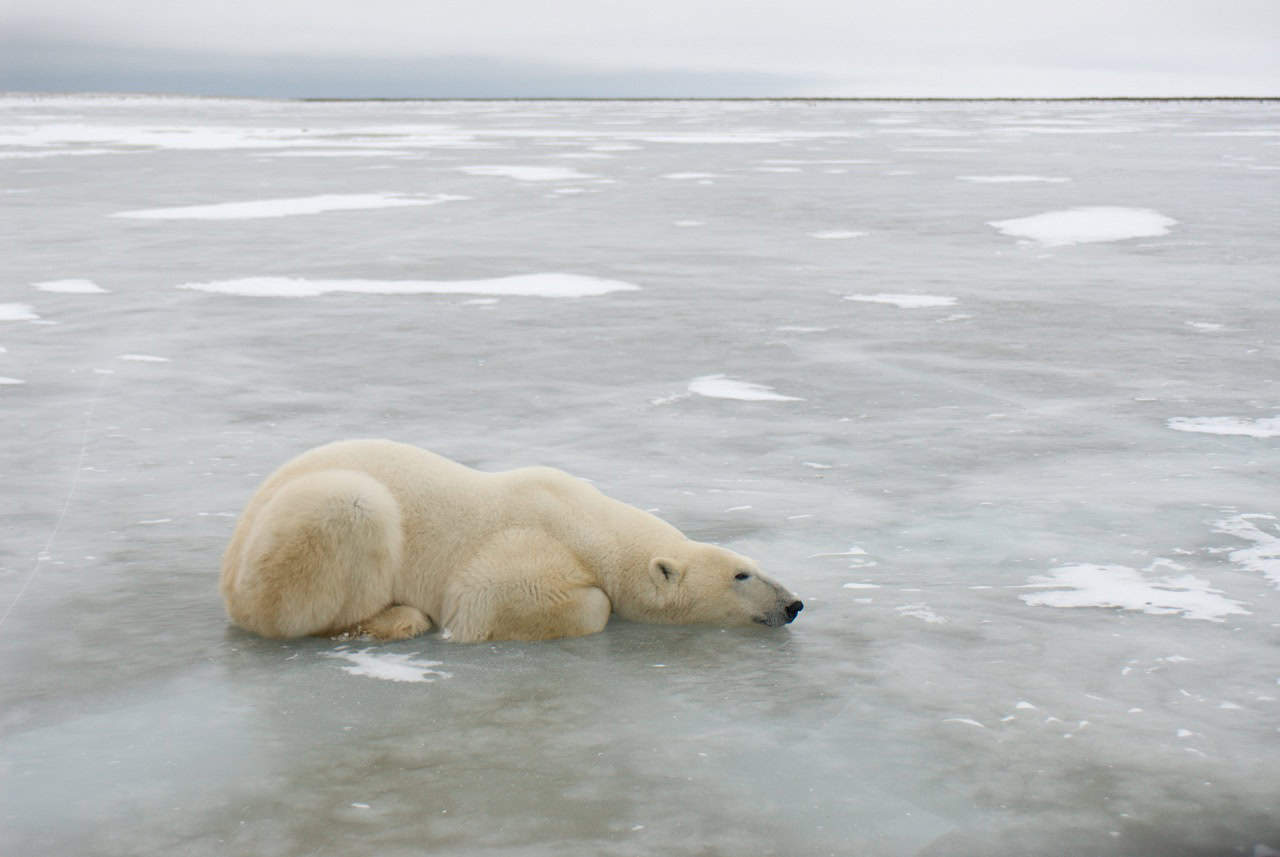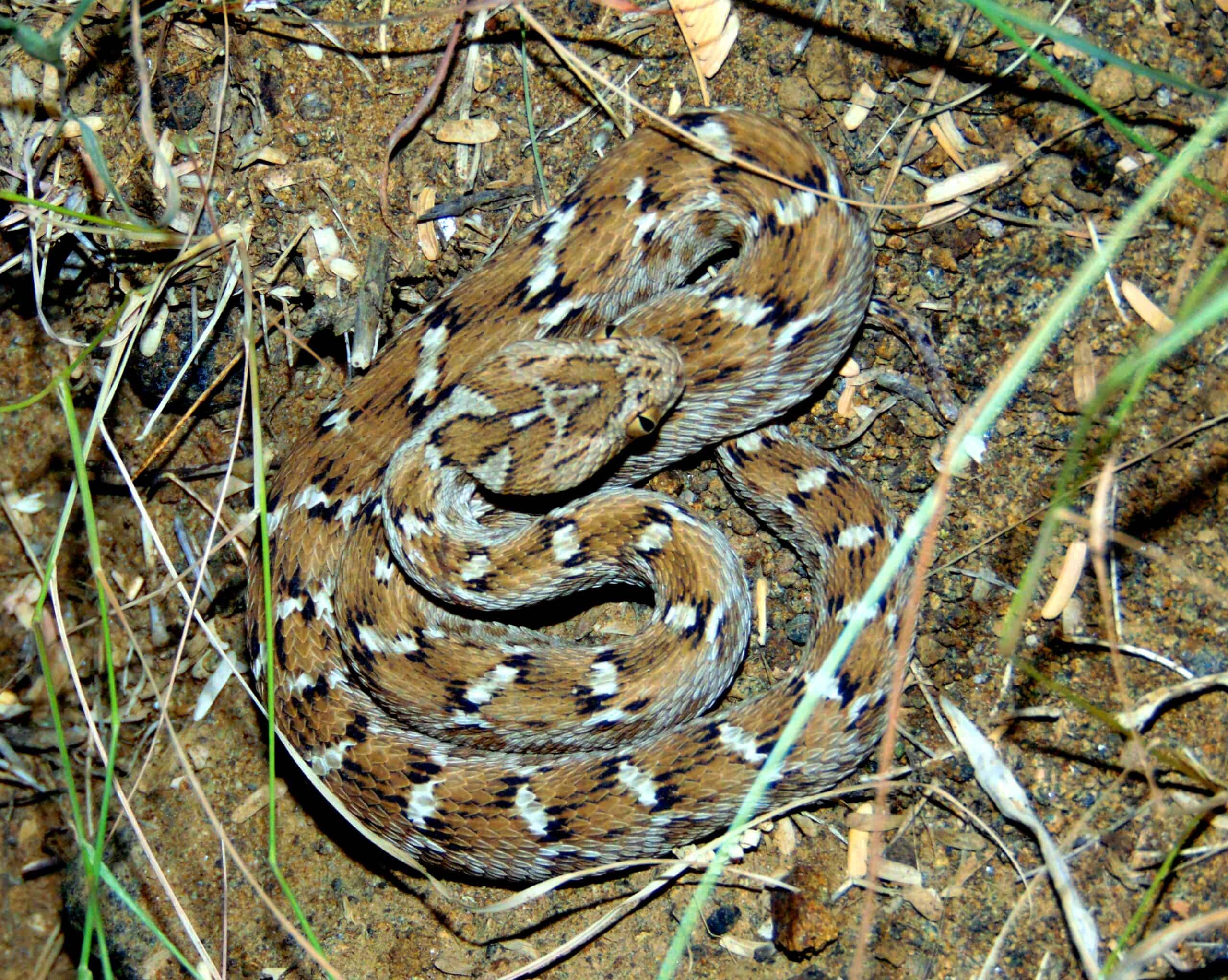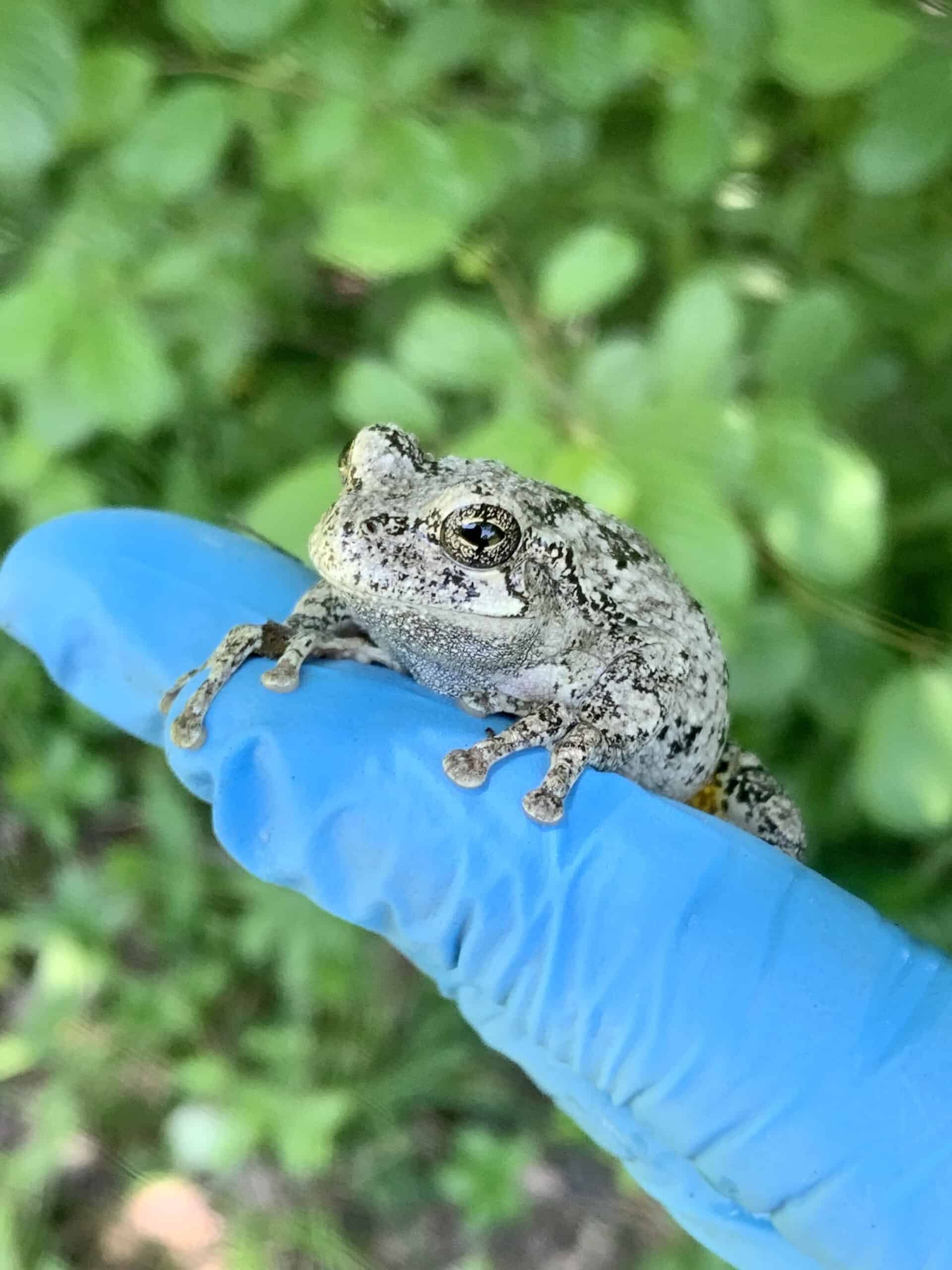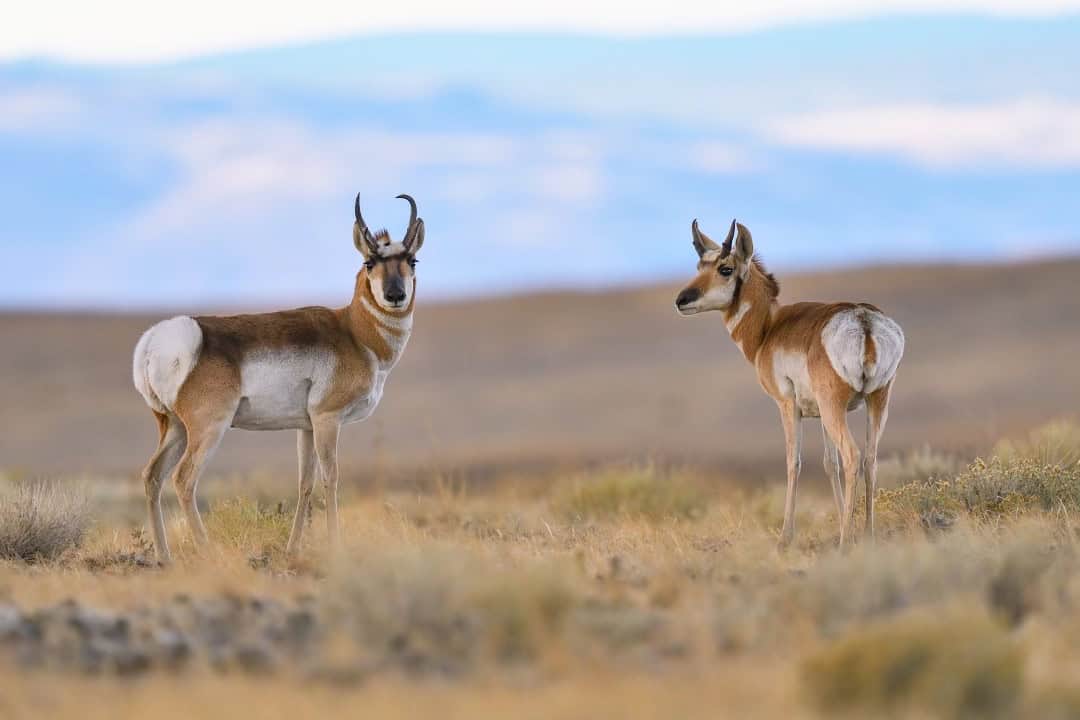Share this article
Wildlife Featured in this article
- Polar bear
- Caribou
- Snow goose
- Ringed seal
Hudson Bay polar bears may not survive climate change
More ice-free days may eliminate these populations
Climate change is likely to wipe out two polar bear populations on northern Canada’s Hudson Bay as warming temperatures usher in more ice-free days than the bears can survive.
Limiting global warming could help the bears endure, researchers wrote in the journal Communications Earth & Environment, but with longer ice-free periods already affecting the western and southern Hudson Bay bears, “extirpation for polar bears in this region may already be inevitable.”
Between 2030 and 2060, the researchers concluded, the bears may no longer be able to hang on.
Located below the Arctic Circle, the Hudson Bay offers polar bears (Ursus maritimus) their most southerly habitats. Seasonally covered with ice, the region hosts some 1,700 polar bears, which use the ice to hunt seals—their primary prey. When the ice melts, the bears mostly fast until frigid temperatures usher frozen water back in the fall.
Over the past three decades, however, the Hudson Bay area has warmed by more than 1 degree Celsius, extending the ice-free period from 120 days to 150 days. That has already affected the bears’ fitness and their ability to reproduce, researchers say. As temperatures continue to climb, biologists believe the ice-free period will be too long for the bears to survive without food.
Researchers believe polar bears can safely fast through an ice-free period lasting between 183 and 218 days. If warming exceeds 2.1 degrees west of the bay and 2.6 degrees to the north, researchers estimate the ice-free period could stretch beyond 183 days, putting the bears—particularly females and young bears— at risk. Earlier ice melt in the spring will reduce critical hunting days for polar bears, straining their ability to successfully fast until the sea ice returns at the end of the year.
Grimm future
In some ways, it may be an invisible decline. Solitary adult bears may persist but pregnant females may fail to reproduce. Recently weaned bears may die off. In search of food, bears are likely to become a growing presence around people. “We’re seeing more bears on shore for longer periods of time,” said Geoffrey York, senior director for science and policy at Polar Bears International and a co-author of the study. “It’s more likely these bears will be seen by people, so the perception that there are more bears is understandable.”
Limiting global warming to 2 degrees Celsius above pre-industrial levels may help many bear populations survive, researchers found, but it may be too late for these southernmost populations.
“To be honest, I’m getting tired of us not telling people the real situation,” said Julienne Stroeve, a professor at the University of Manitoba’s Centre for Earth Observation Science, and the study’s lead author.
“They’ll be gone under the current rate,” Stroeve said. “Either we slow the warming, or we do some geoengineering. I don’t see how else they’ll survive.”
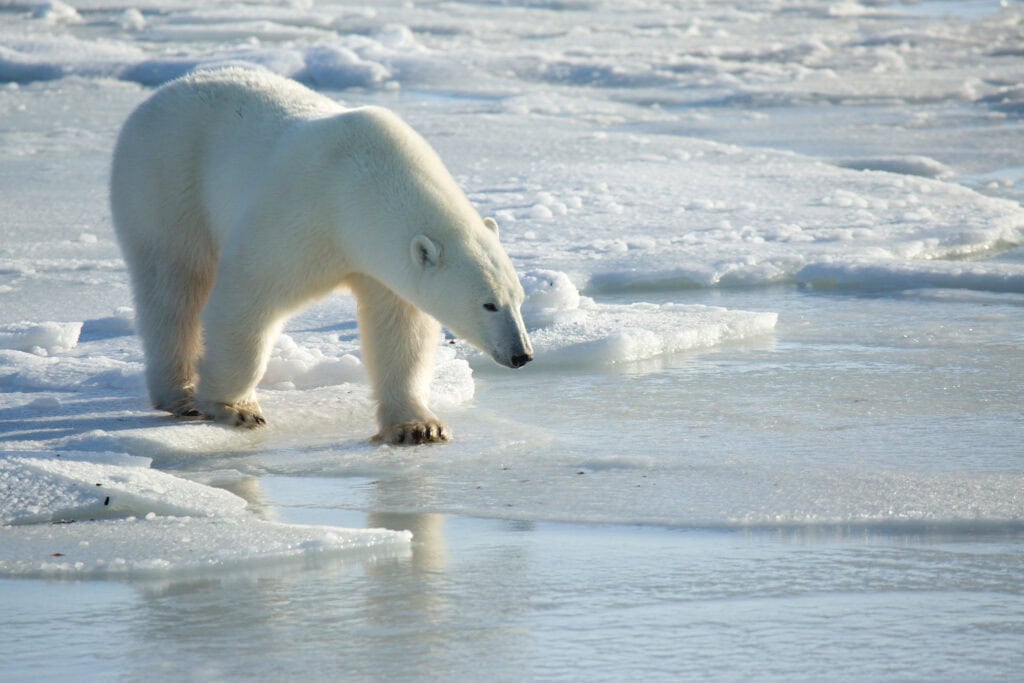
Stroeve and her colleagues analyzed climate models to estimate future ice-free periods around the Hudson Bay. Their work resulted in what they called an “alarming outlook for polar bear survival.”
While the bears may occasionally catch a caribou (Rangifer tarandus), happen upon a whale carcass, scare up snow goose eggs (Anser caerulescens) or raid trash from nearby communities, the bears typically rely on fat reserves to get them through warmer months. As temperatures climbed in recent decades, though, ice-free periods have lengthened and these populations began to fall in number.
Researchers first noted declines in the 1990s as conflicts with people in the nearby town of Churchill began to rise. “Because western Hudson Bay is near the southern limit of the species’ range,” researchers wrote in the Journal of Wildlife Management, “our findings may foreshadow the demographic responses and management challenges that more northerly polar bear populations will experience if climatic warming in the Arctic continues as projected.”
Since then, population declines have accelerated. Between 2016 and 2021, the Hudson Bay populations fell 27%. Today, the region probably hosts about half as many polar bears as it did in 1987, the researchers wrote.
While earlier studies looked at the extent of sea ice, the latest study looks at sea ice thickness, suggesting that at least 10 centimeters are needed to support the bears as they hunt. That estimate is likely conservative, York said. Despite its dire scenario, “this is a best-case scenario in some regards.”
Even with international climate agreements, the pace of warming will likely be too much for the bears to withstand, Stroeve said. “I just think it’s such a delicate balance,” she said. “These species evolved in a space where it is cold and there’s a lot of ice, and they’re having to adapt quite quickly.”
The warming is also affecting other parts of the ecosystem. Less snow is expected to affect polar bear denning and birth lairs of ringed seals (Pusa hispida), whose populations also seem to decline with the loss of sea ice.
While it’s hard to say how long the Hudson Bay bears may hold on, researchers said, “confronted with these threats, proactive measures are imperative.”
Header Image: Hudson Bay polar bears face a grim future under climate warming scenarios. Credit: BJ Kirschhoffer/Polar Bears International



